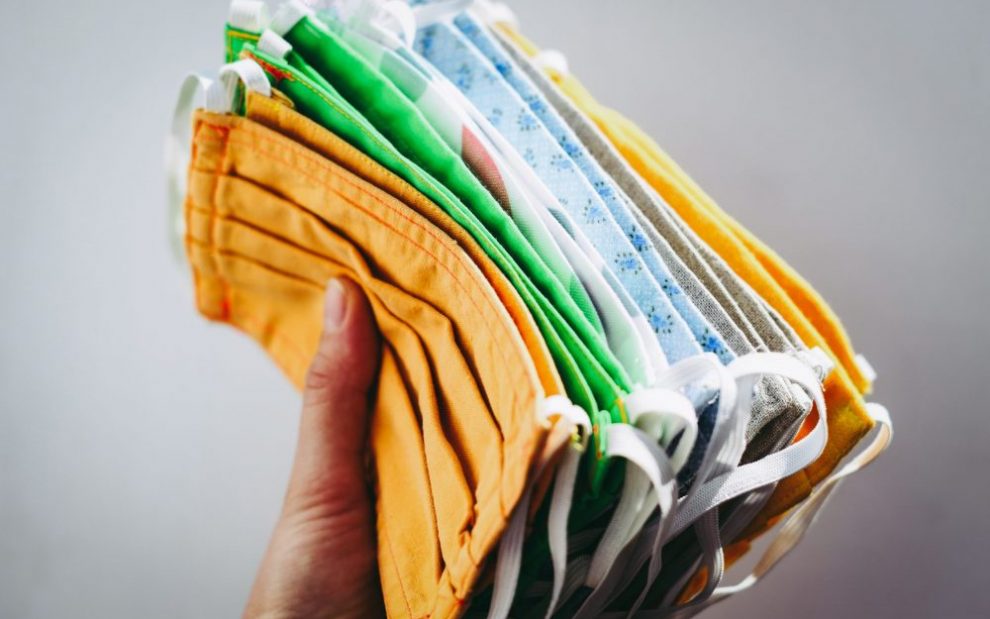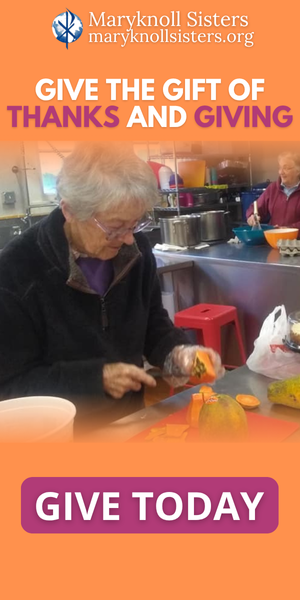“I would fight to the death for you,” I said with absolute resolve. Although I meant every word, anxiety pulsed with each heartbeat, and I prayed that a calm facade masked my inner turmoil. I was doing my best to prepare 8-year-olds for an intruder drill at the school where I work. Naturally, my students bubbled with a plethora of questions.
They questioned what would happen if an armed intruder made it through our locked door. We discussed the safest place to hide. However, the students pined for more answers, pondering what would happen next and how they might escape out the window if hiding quietly was deemed insufficient.
I quickly realized I lacked answers to their valid “what if” questions. I desperately wanted my students to take comfort in the fact that I would risk everything for their safety. Although genuine, my grand gesture to protect lacked certainty. I could not be sure that I would be able to provide my students with the safety they deserve. Even so, this assurance was the very best I had to offer.
This year, as a new variant of the novel coronavirus sweeps the nation, hospitals are again reaching capacity. And with this new variant comes a shift in headlines: While before hospitalization reports focused on those with preexisting conditions and the elderly, now they report ICUs brimming with innocent children.
As health care professionals continue to face impossible demands, school administrators convened to desperately assess the most prudent course of action for the start of another pandemic school year. At the school where I teach, we received word that wearing masks is mandatory for faculty, staff, and students, regardless of COVID-19 vaccination status.
Although I deeply understand the urgency to protect the children in our care, my heart dropped when I heard this news. I pined for the sweet taste of normalcy that had been assured by the original plan to make masks optional. I yearned to see children’s smiles, to read their expressions with ease, and not to have to facilitate the exhausting realities of reminders and managing masks in a classroom.
Furthermore, after last year’s social distancing and masks within educational settings, I am keenly aware of how teaching with a mask impacts my personal comfort and well-being. Wearing a mask demands additional energy to project one’s voice across the room, while each inhale is caught on a face covering.
Catholics are invited to embrace small realities that can empower lasting change.
Advertisement
Finally, the mask requirement welcomes a host of controversy and opinions from concerned parents with a variety of views on mask-wearing and COVID-19 safety protocols. These realities left me in a complete mental and emotional tailspin last year.
As I reflected on the upcoming school year, I thought back to my response in prior years as I prepared students for our school’s intruder drill. If I was willing to “fight to the death” to protect my students in a theoretical life-threatening scenario, what might it mean to abide by this renewed protocol to protect students from sickness? Although weary at the thought of the new mask requirement, I was humbled and challenged by my own words to protect the students in my care.
Two days after the school announced the updated protocol, I met my incredible third graders. I learned about a student whose sister was immunocompromised and two students who each have a parent with cancer. Once again, my eyes gaped at the layered realities individual households are facing amid a pandemic.
I wish I could heal and protect families in ways that are out of my control. I lack the power to heal siblings and parents; I cannot resolve the frustrations, anxiety, and nuance present within each child’s situation. Instead, I can wear a mask to protect my students and their family members from any germs I might carry and unknowingly spread.
Catholics are invited to embrace small realities that can empower lasting change. So often it is easier to embark upon grand gestures or assert dramatic promises that may never even exert relevance. How much more challenging it is to embrace the humble inconveniences within our lives out of love for those around us? Masks may leave many faces riddled with acne and demand calculated breaths yet carrying our crosses (big or small) every day is a litmus test for being Jesus’ followers. In the words of Mother Teresa, “We can do no great things, only small things with great love.”
Peter’s assurances before Jesus’ passion reflected grandiose promises that he would never deny Jesus “even though I must die with you” (Matt. 26:35). Yet those very words foreshadow Peter’s humanity and his most infamous moments of shame. Like Peter, my prior exhortation to protect my students at all costs promised monumental demonstration. Similarly, I have the opportunity to hold tight to the claim of knowing Jesus by discovering his presence in the hearts and lives of my students and by embracing daily inconveniences amid unprecedented events.
At my school educators and pupils will once again don additional layers to more safely embrace in-person education. Although reading expressions with ease is not a guarantee, perhaps we can rely on the intercession of St. Veronica to see the face of Christ among the fibers of cloth that rest upon our students’ and colleagues’ faces.
Although the future weeks hold no certainty, reflecting with Sts. Peter and Veronica on how best to care for Jesus in my midst delivers a new perspective. Today I’m not being asked to fight to the death to protect my students from an armed intruder. I’m being asked to wear a mask to protect them and their families from a virus that has killed more than 660,000 Americans to date. It is a small but important thing that I do because of the great love I have for them. Although neither glamorous nor convenient, this is the invitation of Christianity.
Image: Unsplash/Vera Davidova













Add comment